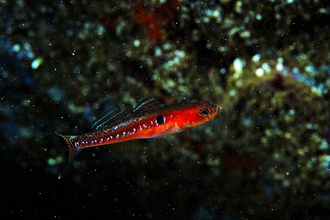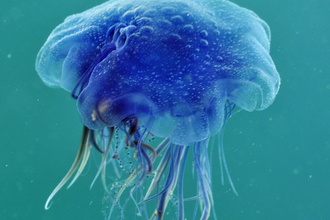Wembury Marine Centre
Shore clingfish / Cornish sucker
One of the most bizarre fish to find on the rocky shore, the clingfish appears an assortment of different animals stuck together!
Scientific name
Lepadogaster purpureaWhen to see
April - October.Species information
Statistics
Up to 7cm long.Conservation status
Common.





